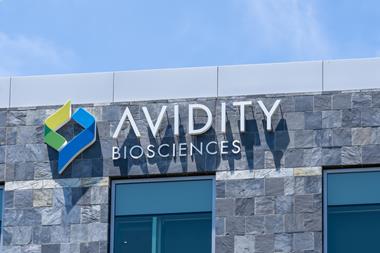Nanoparticles that never have to enter the body can capture harmful components in blood, scientists in Switzerland have shown.
Removing unwanted molecules from the blood is the most direct way to cure or prevent many illnesses. An example of this approach is dialysis where small molecules like urea are filtered out to treat patients with renal failure. As this separation method is size-selective, larger noxious molecules or cells cannot be efficiently eliminated from the blood in this way.
Nanoparticles with capturing agents attached to their surface can remove larger molecules from blood. However, the risks of nanoparticles inside the body are not yet completely understood. Inge Herrmann from Zurich University Hospital and her co-workers have developed a lab-scale device that connects the carotid artery with the jugular vein allowing outside-of-the-body treatment by tiny magnetic particles in a rodent model.

The nanoparticles were made from iron carbide. A carbon coating prevents the iron core from being oxidised and losing its magnetism. They were also spiked with platinum so they could be traced in an iron-rich environment – important for checking that none of the nanoparticles entered the rats.
Herrmann says that the limitations of using nanoparticles in this setting are their unknown health effects, and the major challenge is making sure they do not enter the blood stream. ‘By using ultra-strong magnetic nanoparticles we overcame limitations of commonly used weakly magnetic metal oxide beads.’
‘The significant advance of this work over previous research is that they used nanoparticles with a high magnetic moment,’ says Nguyen TK Thanh, an expert in the use of magnetic nanoparticles for clinical applications at University College London, UK. ‘This allowed them to be efficiently purified from the blood.’
‘It is a promising development,’ says Thanh. ‘However, for clinical application there are still challenges in developing a technology that can meet the needs of selective and high affinity binding for a variety of relevant toxins.’ The researchers in Zurich are now working on capturing other disease-causing substances like bacteria.






No comments yet